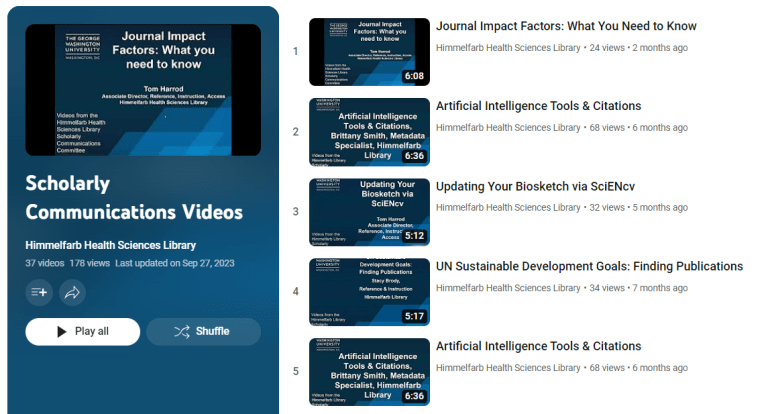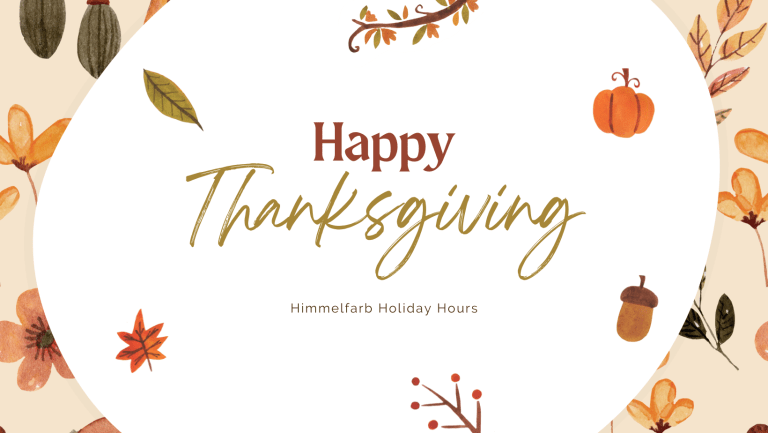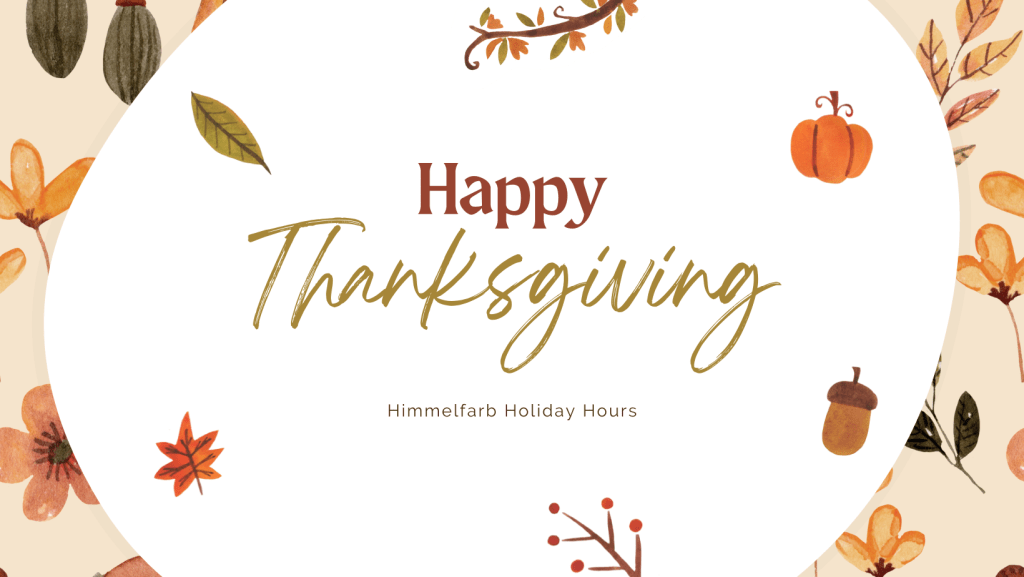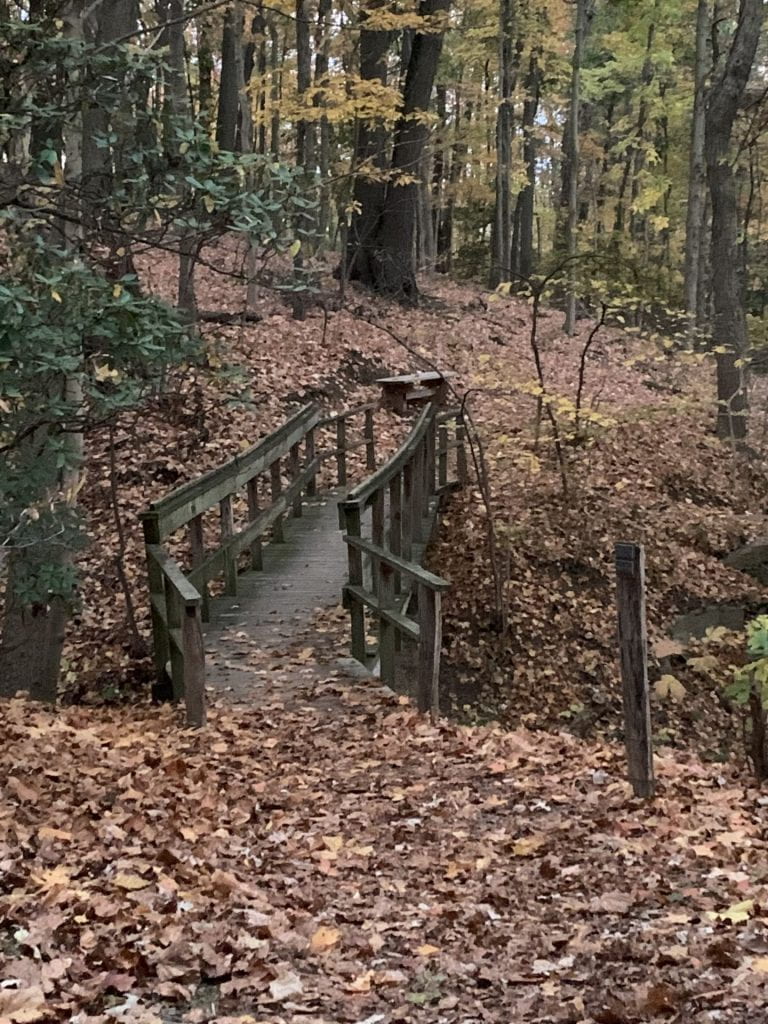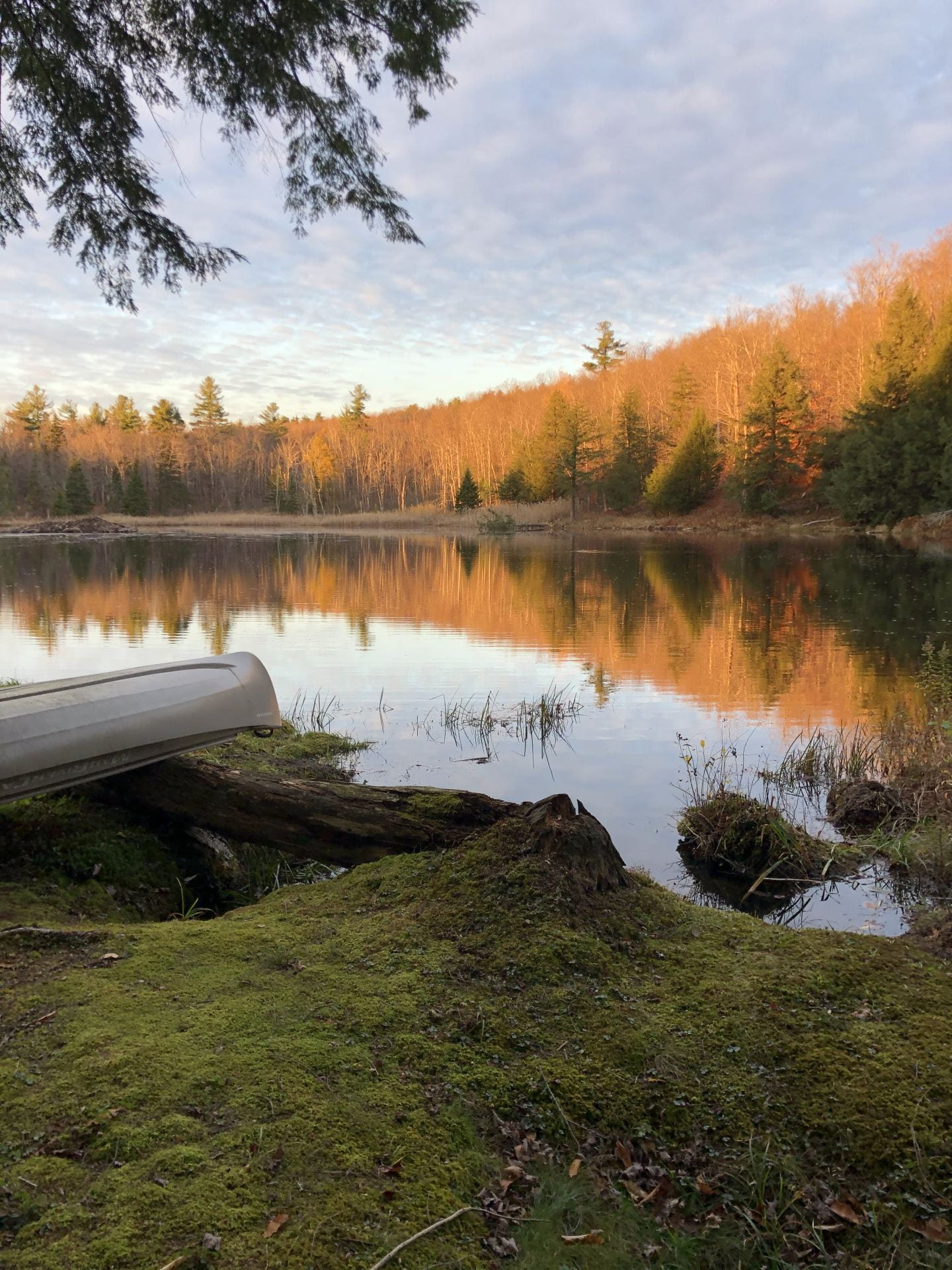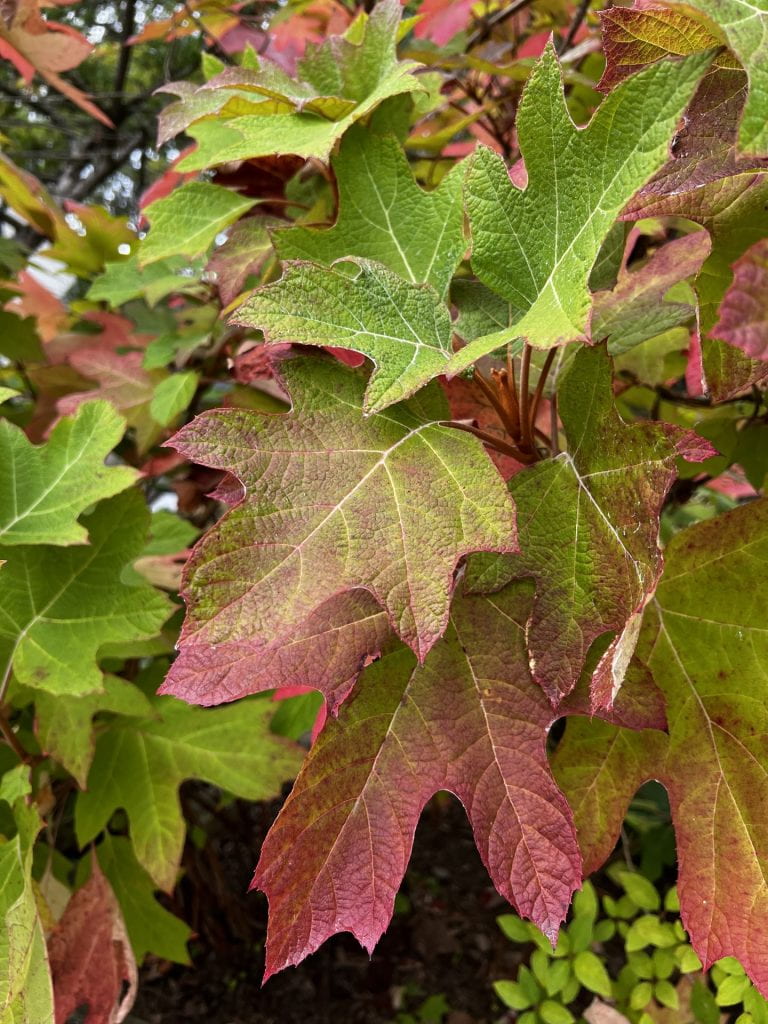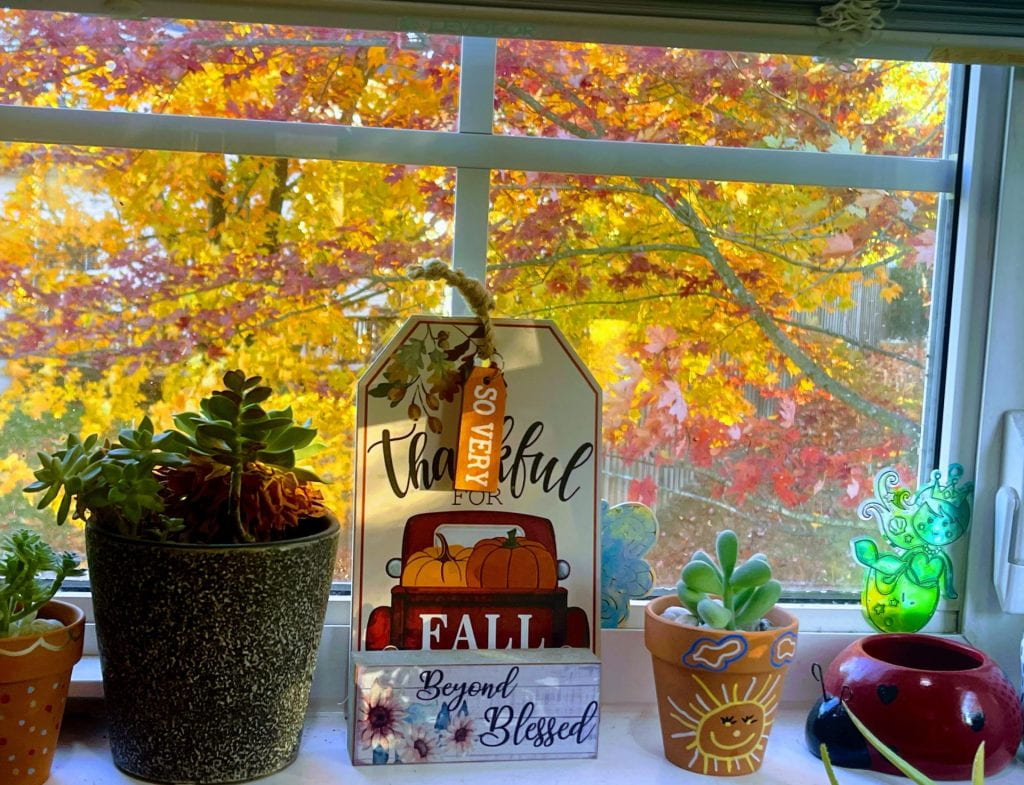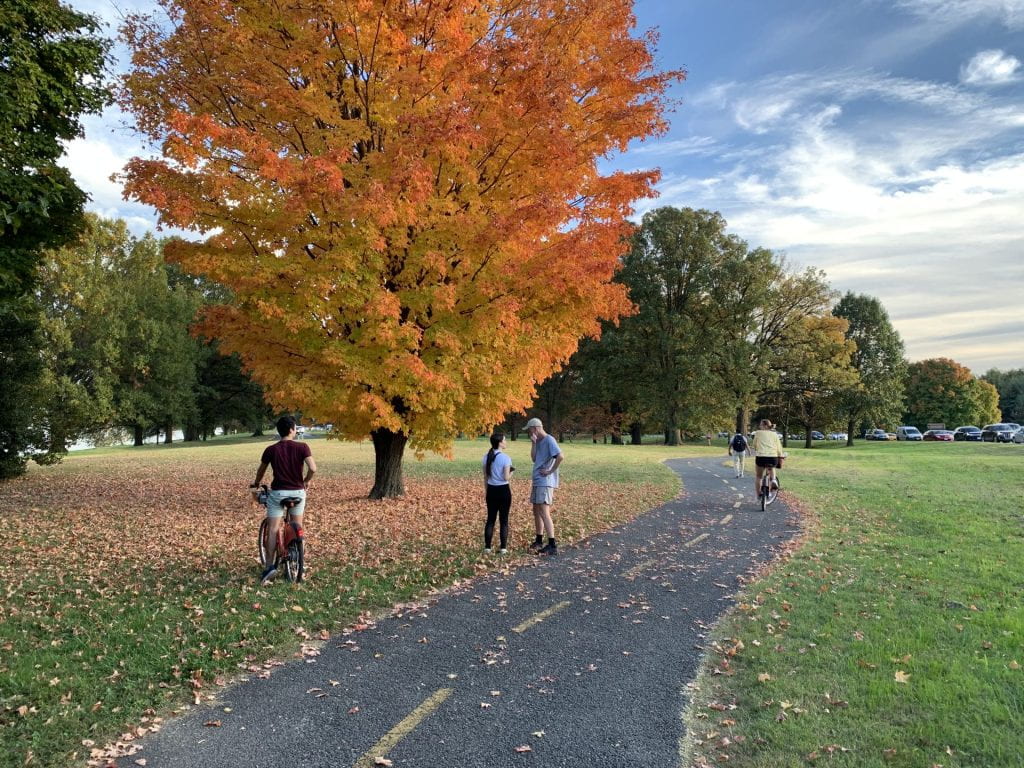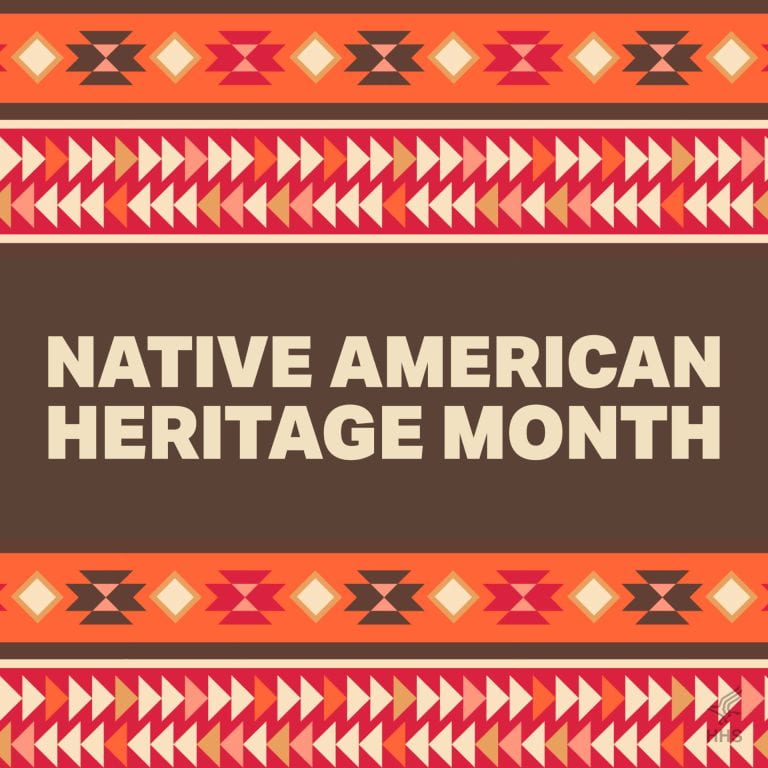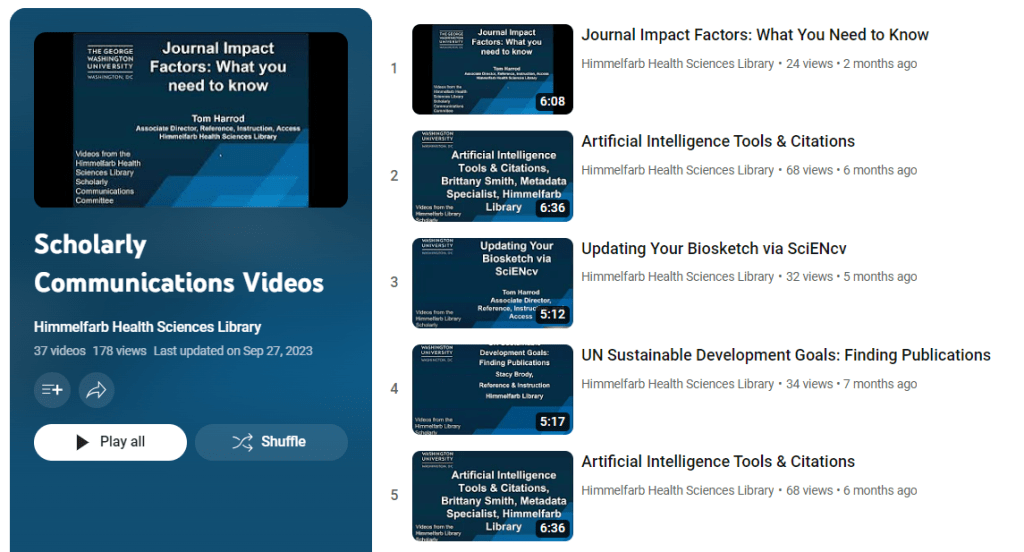
Are you interested in scholarly publishing, but aren’t sure where to start? Himmelfarb Library has a library of short video tutorials focused on a variety of scholarly publishing topics! We add new videos to this library each semester, so the library is always growing. Videos range from 3 to 10 minutes in length, so you can learn in small chunks of time that fit your schedule. Here are some of our newest videos!
Journal Impact Factors: What You Need to Know
In this video, Tom Harrod, Himmelfarb’s Associate Director of Reference, Instruction, and Access discusses journal impact factors. You’ve probably heard that journals with higher Impact Factors are more reputable, and are more desirable when the time comes to publish your research. But what is a journal Impact Factor exactly? And how is an Impact Factor calculated? This six-minute video answers both of these questions and also explores how to address Impact Factors in context and why some journals don’t have an Impact Factor.
Artificial Intelligence Tools & Citations
In this 6-minute video, Himmelfarb’s Metadata Specialist, Brittany Smith, explores generative artificial intelligence tools. This video starts off by discussing the emergence of AI and the importance of checking current guidelines and rules regarding AI, as this is a new and constantly evolving field. This video discusses how AI can help with your research, discusses GW’s AI policy, and how to create citations for AI in your research.
Updating Your Biosketch via SciENcv
Tom Harrod discusses the differences between NIH’s ScieENcv and Biosketch and demonstrates how to use SciENcv to populate a Biosketch profile in this 5-minute video.
UN Sustainable Development Goals: Finding Publications
In this 5-minute video, Stacy Brody explores why the United Nations' sustainable development goals were developed, and the intended achievements of these goals. This video discusses how to find publications related to these goals using Scopus.
Dimensions Analytics: An Introduction
Sara Hoover, Himmelfarb’s Metadata and Scholarly Publishing Librarian provides a brief overview of the Dimensions database and discusses how to access Dimensions from Himmelfarb. This 7-minute video also provides several examples of use cases for this great resource!
In addition to these great videos, you can find the full 37-video library on the Scholarly Communications YouTube Playlist and on the Scholarly Publishing Research Guide. Additional videos cover a wide range of topics including:
- Project planning and development videos:
- Research life cycle
- Advanced literature searches using PubMed MeSH search builder
- CREDiT taxonomy
- Human participants' research support
- Publishing-related videos:
- Clarivate Manuscript Matcher
- Including Article Processing Charges (APCs) in funding proposals
- Changing from AMA to APA citation style
- How to cite legal resources using APA style
- Project promotion and preservation videos:
- Tracking citations with Scopus
- Creating a Google Scholar profile
- Archiving scholarship in an institutional repository
- How to promote your research.

